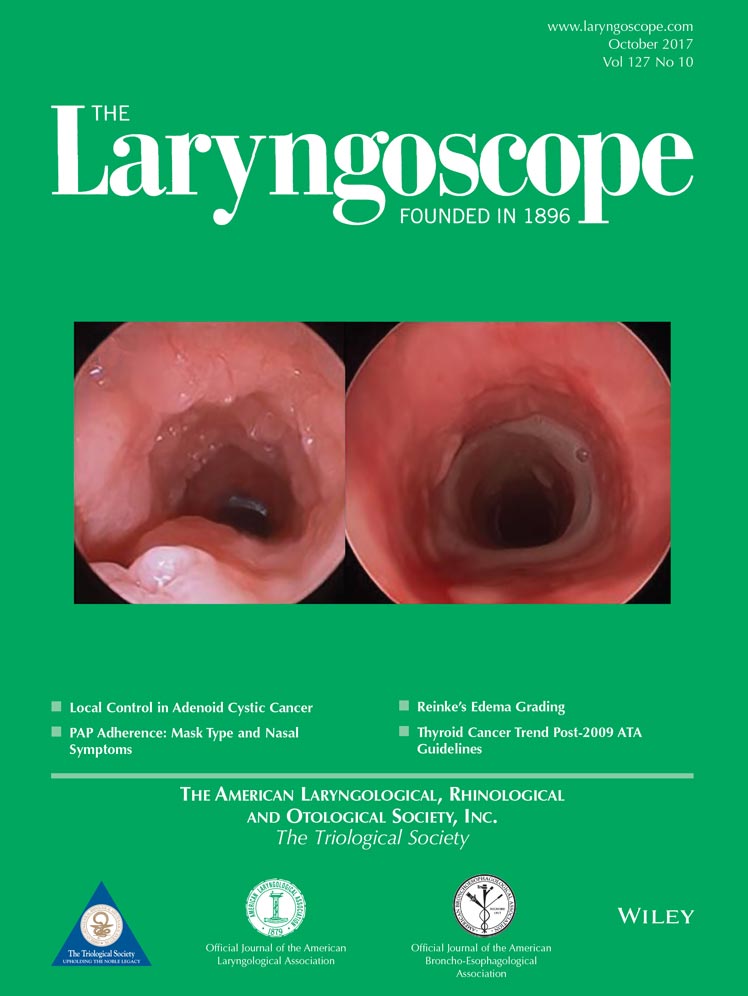Utility of nasal swab and age in detecting methicillin-resistant Staphylococcus aureus in pediatric head and neck abscesses
The authors have no funding, financial relationships, or conflicts of interest to disclose.
Abstract
Objective
To identify risk factors associated with the presence of methicillin-resistant Staphylococcus aureus (MRSA) in surgical cultures taken from incision and drainage (I&D) of head and neck abscesses in the pediatric population.
Study Design
Retrospective case series.
Methods
All patients under 18 years of age with a head and neck abscess requiring I&D from 2009 to 2015 were reviewed. MRSA nasal swab cultures were taken from all patients upon hospitalization. Surgical cultures were obtained from all patients and correlated with MRSA nasal swab results. Univariate and multivariate logistic regression was performed, and odds ratios (ORs) along with descriptive statistics were analyzed.
Results
Of a total of 272 patients, there were 68 (25%) MRSA-positive abscesses. The majority (86.8%) of these abscesses were in children under 2 years of age. Overall, 12 (4.4%) presented with positive admission MRSA nasal swabs. Of these, 91.7% had MRSA-positive abscess cultures. Decreasing age in years showed an OR of 1.650 (P < 0.001) for MRSA-positive abscess, with children less than 1 year old having the highest OR of 10.74 (P < 0.001).
Conclusion
Younger age and MRSA nasal colonization were two statistically significant risk factors for developing an MRSA abscess of the head and neck. This study demonstrates a high positive predictive value for MRSA-positive neck abscesses when nasal swab screenings were MRSA-positive (91.7%). Children under 2 years of age—especially those under 1 year of age—or those with MRSA nasal colonization can be considered a high-risk population that may benefit from empiric antibiotics against MRSA for head and neck abscesses.
Level of Evidence
4. Laryngoscope, 127:2407–2412, 2017




